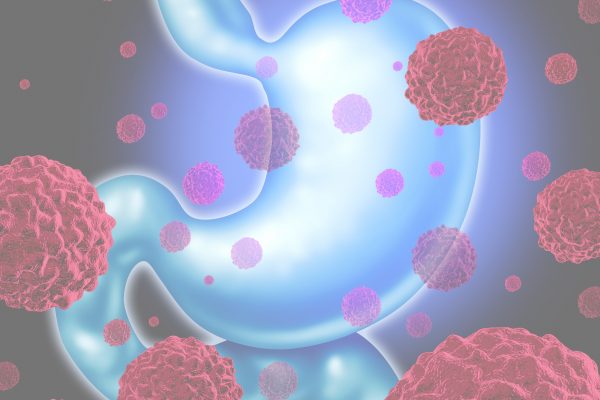
Blood flows constantly through our body to supply every part with oxygen and nutrients. If blood is not pumped hard enough, then there is a chance that blood can form a clot. A clot is basically a clump of cells and proteins. Normally, a clot helps to slow down bleeding when someone is injured, and usually a clot dissolves over time. But when this does not occur, a clot could lead to the occlusion of the blood vessels. This may result in serious health issues that sometimes can even have fatal consequences.
A blood clot that is formed inside arteries could let to a heart attack or a stroke. A clot can also appear in veins, often resulting in pain and swelling. If a blood clot forms in a vein located deep inside the human body, it is referred to as deep vein thrombosis (DVT). When a blood clot is formed in the lungs, it is called a pulmonary embolism. Pulmonary embolism could make the skin look pale and clammy. Some people may also experience shortness of breath when a blood clot is formed in the lungs. Symptoms of pulmonary embolism can also include an accelerated heartbeat, chest pains, and a bloody cough.
Both DVT and pulmonary embolism occur more often with the advancement of age. In Belgium, deep vein thrombosis and pulmonary embolism have an incidence of 1 in 10 000 in adults under 60 and 1 in 1000 in adults over 60.
It is difficult to predict exactly when someone is susceptible to blood clots. Certain risk factors have been identified that may lead to a higher chance of getting a blood clot. These are: being overweight or obese, diabetes, a high cholesterol level or being over 60 years old. Sitting for many hours can also lead to a higher chance of getting a clot. Passengers on long haul flights are often confronted with DVT. Individuals who are recovering from surgery are also more prone to blood clots.
Blood clots can cause swelling in vessels. That happens when clots stop blood from flowing. If the swelling occurs in the calf or lower leg, that could be a sign of DVT. The swelling can induce pain and sores as a result of damaged blood vessels. It may also change the skin color by making it look reddish or bluish.
The most dangerous consequence of a blood clot is a stroke. A stroke occurs when an artery to the brain is blocked, and this can lead to immediate death of brain cells. A stroke can cause headaches, seizures, and weakness in other parts of the body. Blood clots in other locations may present different symptoms. In case of a blockage of veins in the stomach or oesophagus some bleeding may occur, and patients can vomit blood or find blood in their stools. Renal vein thrombosis is the forming of a clot in the kidney veins. It can cause nausea, fever and extreme vomiting, as well as blood in urine.
A blood clot is potentially dangerous, possibly even with deadly outcomes. It is imperative to visit a doctor when someone has signs of a blood clot. Doctors can administer blood thinning medication to dissolve the clot, or remove the clot with a catheter. There are ways to reduce the risk of developing a blood clot. Avoiding a high cholesterol diet, and exercising frequently may lower the risk of clotting. It is also important to do simple stretching exercises after sitting for too long or when during a long flight.
Reference